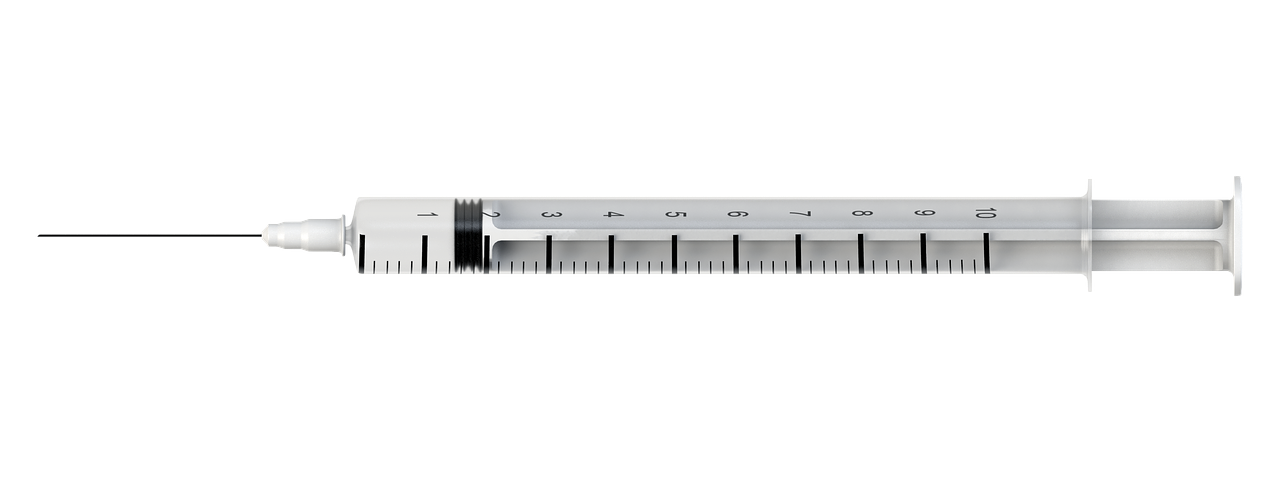Technical advice: Example nurse vaccination process
6 December2022

Technical advice is our interpretation of how professional standards apply in a particular situation. It is designed to help veterinarians deal with common issues in practice, using their professional judgement to apply the advice to their own situation. It represents our best efforts at the time of publication but standards and expectations change over time and particular care should be used when reading old advice.
This example process should be read in conjunction with our Statement on the Authorisation of adult cat and dog vaccinations for administration by veterinary nurses during the current veterinary workforce shortage.
Veterinary Nurse Vaccination Policy
To ensure risks are managed this clinic allows a veterinary nurse to conduct adult vaccination consults with the following criteria:
- Only perform vaccinations on cats and dogs between the ages of 2 years and 10 years.
- Some breed exclusions apply to [clinic to add breeds with or without age restrictions e.g. Newfoundlands may require a veterinary examination over the age of 6 years rather than 10 years]
Choosing the appropriate vaccine
The veterinarian must use an evidence-based medicine approach to determine the most appropriate vaccine for each patient.
A useful tool would be a vaccination policy document based on manufacturer recommendations and WSAVA guidelines for ensuring the appropriate vaccines are administered to each individual patient (e.g. include consideration to core and non-core vaccines, triennial vaccination recommendations versus annual, etc).
The veterinarian must ensure consideration is given to changes in lifestyle or risk factors that may influence the vaccination program or vaccine choices (e.g. high and low risk areas for diseases such as parvovirus and leptospirosis).
Include the appropriate route and site of administration for each vaccine.
Staff will have confirmed that the animal has no immediate health concerns by:
- Reviewing the clinical records for the last year
- Interviewing the client and documenting information about the animal’s recent health
- A veterinary nurse conducting an appropriate health examination
The workflow
- Annual vaccination reminders to owners may provide information for options for the adult vaccination visit as either a full health check with a veterinarian or a vaccination assessment by a veterinary nurse. The clinic website may have information outlining the different visits.
- Client calls the clinic and books a visit.
- The reception team outlines the two options and identifies with the owner their preferred option. It would be important to note for example:
- The reception team discusses the pet’s age and recent health both from the clinical records as well as a verbal report from the owner about its current wellbeing at home – a clinic policy would outline which pets are suitable for a veterinary nurse vaccination visit.
- A veterinary nurse that is authorised by the veterinarian to administer the vaccines performs a nurse exam. If the veterinary nurse notes any health concerns during their examination, they would recommend suspending the vaccinations and referring this to a veterinarian to investigate further.
- The examination by the veterinary nurse will establish that there are no obvious health concerns that would prevent the pet from responding to the vaccine and could then administer it
- A veterinary examination is more a comprehensive assessment of the pet’s health and if there are any concerns the owner is aware of or wants to discuss with the veterinarian they should make the appointment with the veterinarian rather than the veterinary nurse.
- On the day of the visit the reception would re-establish the pet’s current health and age etc and review the option made by the owner to have a veterinary nurse vaccination visit and obtain their consent.
- The nurse would conduct an examination and determine the health status by:
- Obtaining a history from the owner confirming the pet’s wellbeing
- Review the pet’s clinical history to ascertain any existing health concerns
- Conduct an examination in accordance with their training and qualifications. E.g. perform a temperature, pulse and respiration exam, assess for any weight changes, provide a dental score and body condition score, record any discharges from, or inflammation of, the pet’s eyes and ears, record and changes reported by the owner etc. Any abnormalities of concern should be escalated to a veterinarian.
- On assessment that the animal is well the veterinary nurse would:
- Choose the appropriate vaccine (see veterinary authorisation criteria and vaccination policy document)
- Administer the vaccination
- Discuss with the owner the efficacy of vaccines and the potential for side effects and adverse events and how to manage them (Refer toWSAVA 2015 Vaccination Guidelines for the Owners and Breeders of Dogs and Cats and vaccine manufacturer for details)
- Complete a clinical record of the examination findings and details of the vaccine administered
- Complete and sign a vaccination record (see VCNZ guidance)
- schedule the next visit.
- Where an abnormality is identified the veterinary nurse would explain the process to the client and with consideration to the urgency of the issue noted, follow the clinic protocol. The protocol may include options for:
- Rescheduling an appointment later that day with the veterinarian or to some future date
- Admission of the animal to the hospital for the veterinarian to examine that day.
Proactive steps to take include notifying local boarding and day care places re program for vet nurse vaccinations, etc.